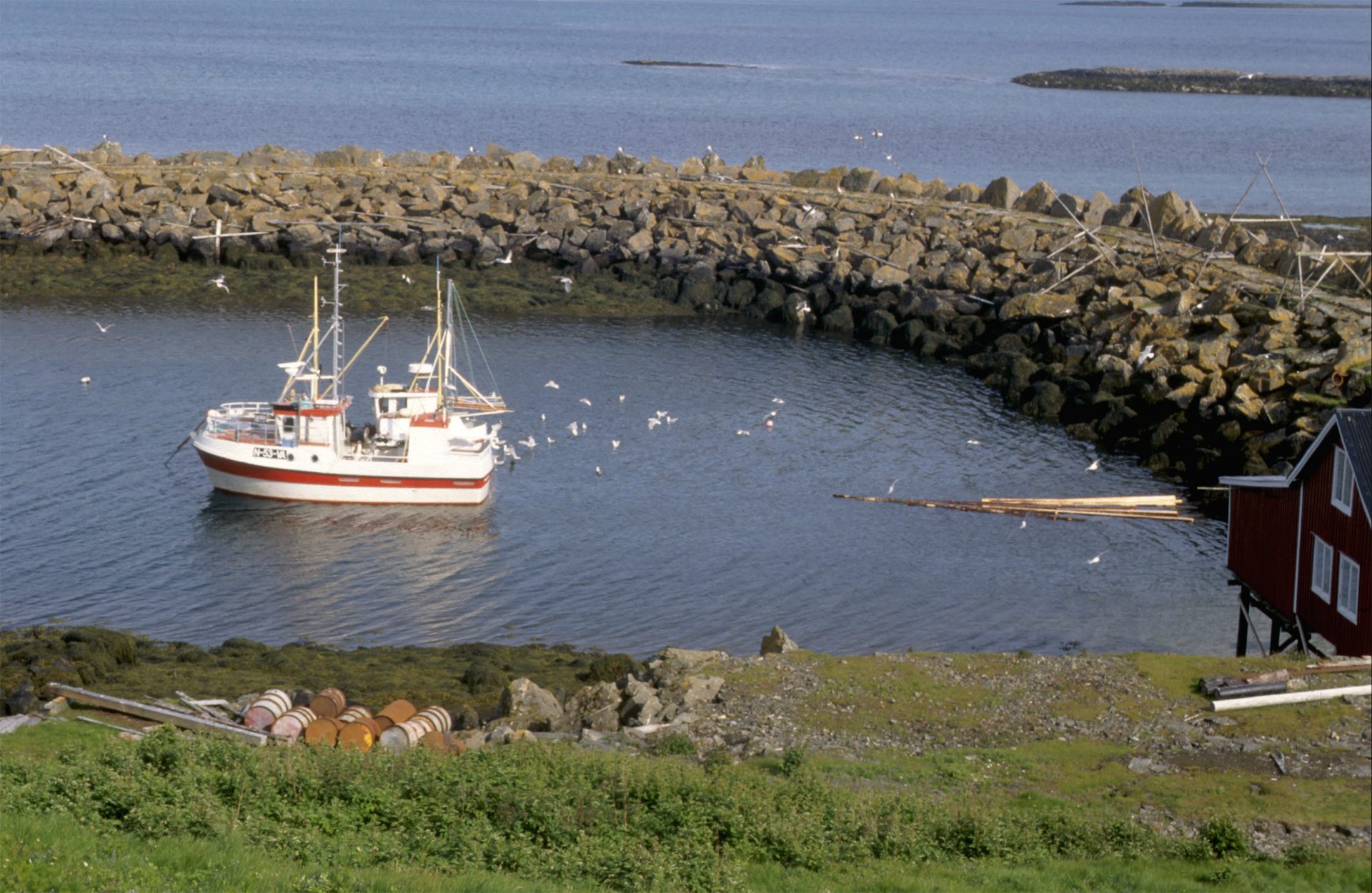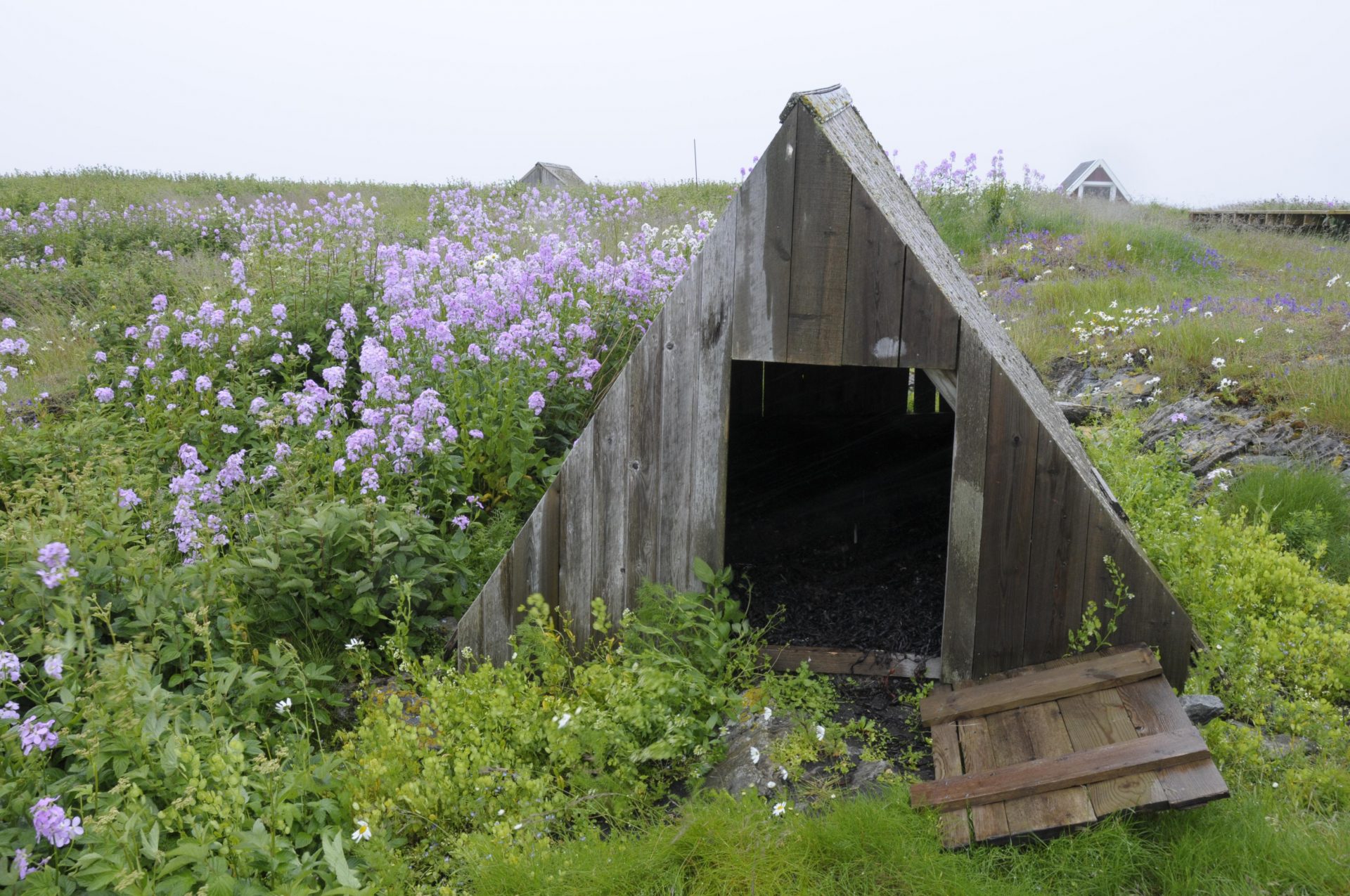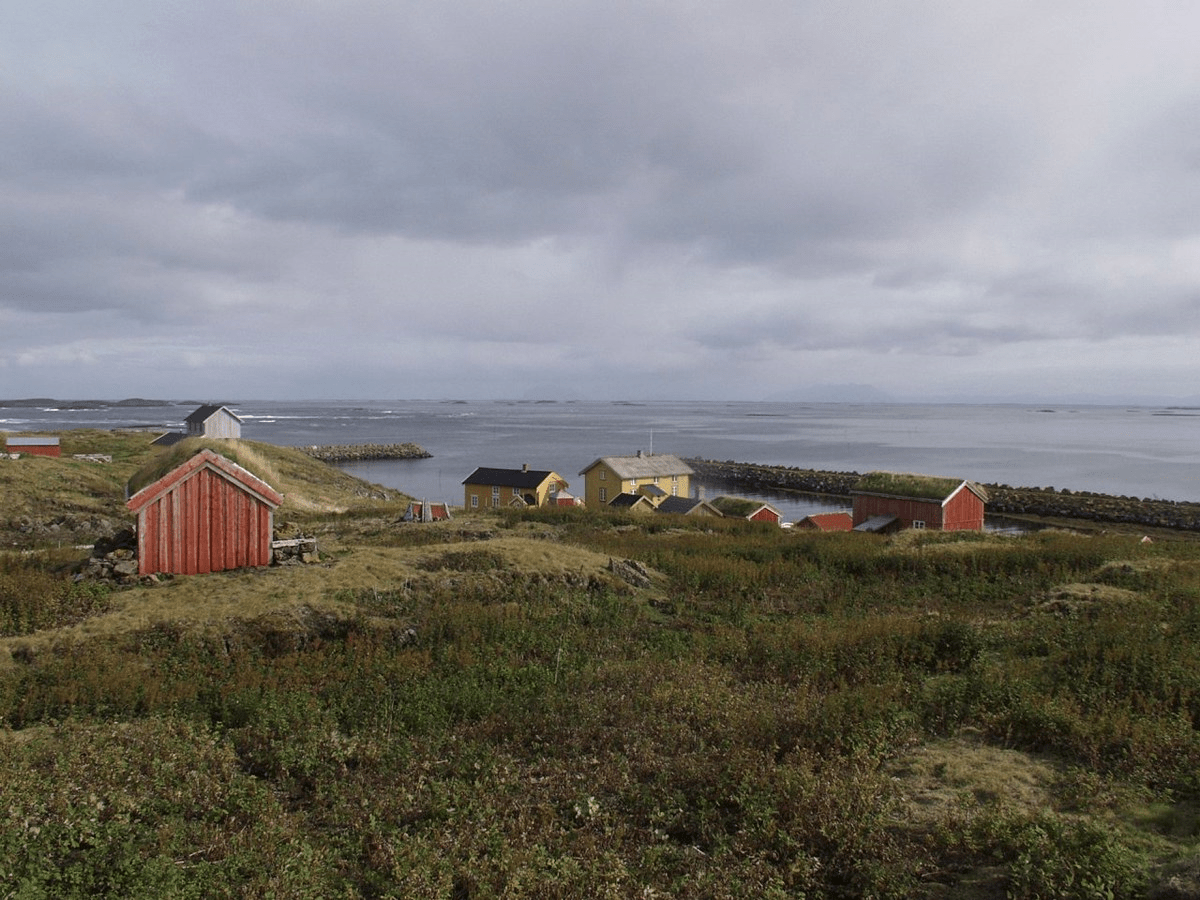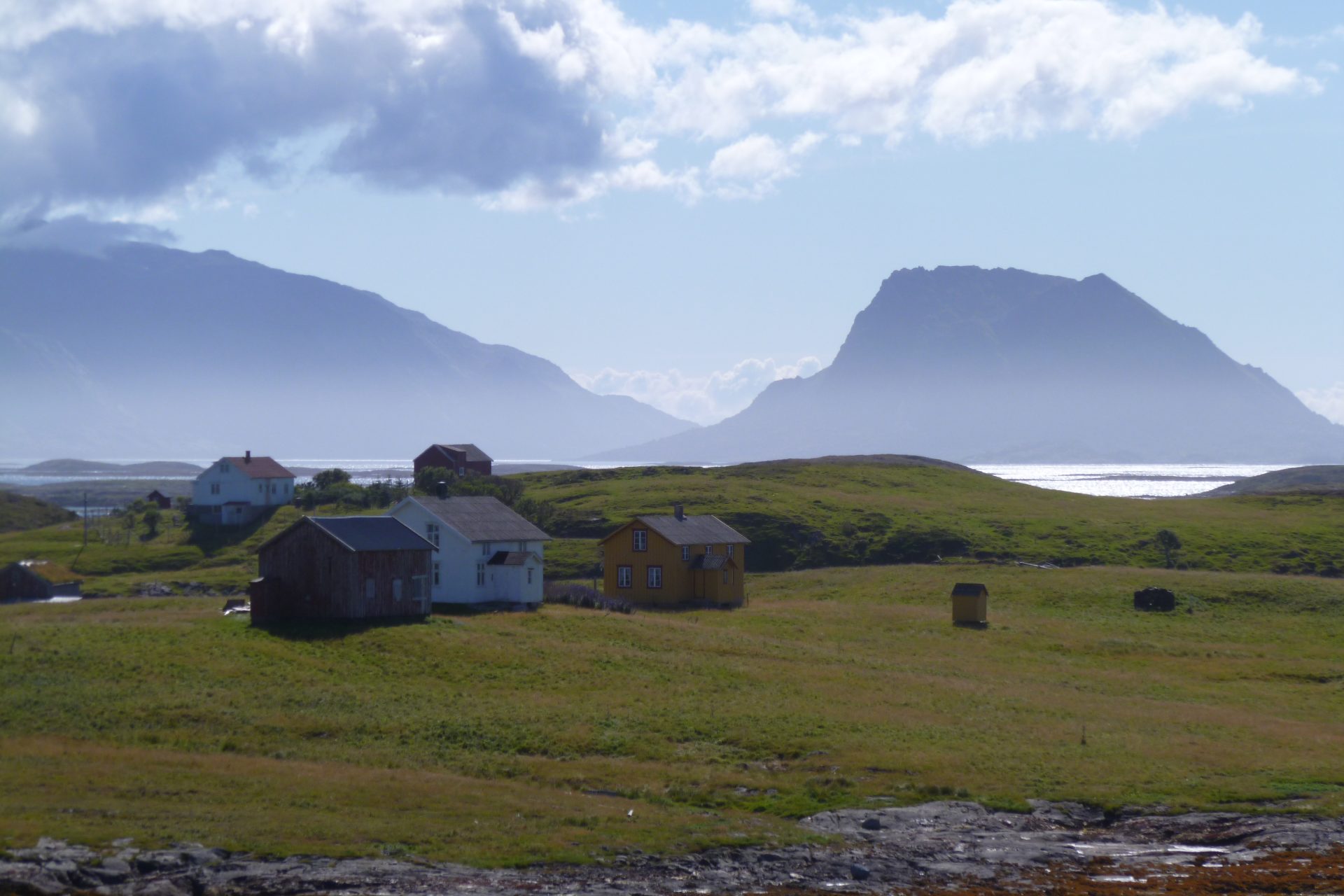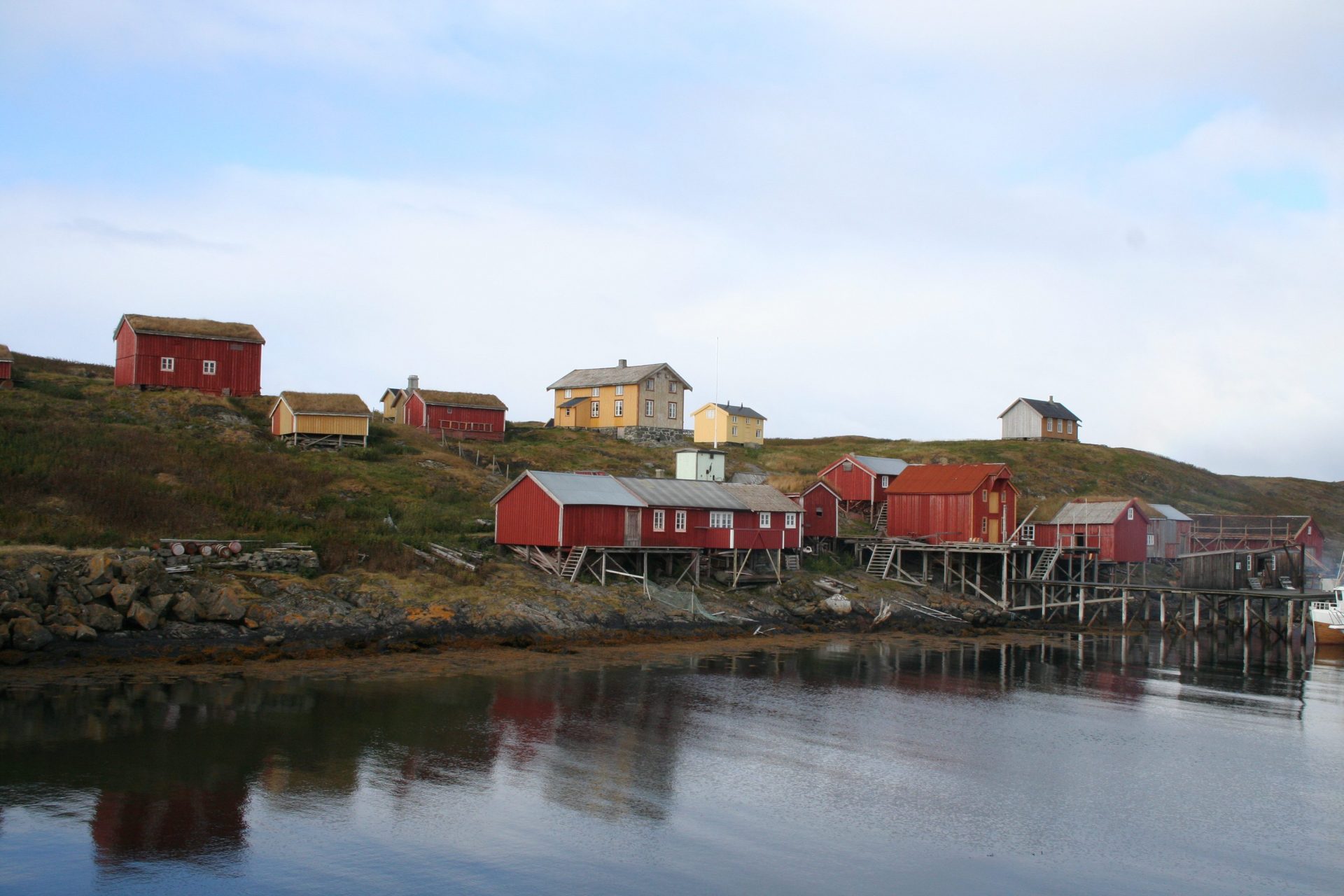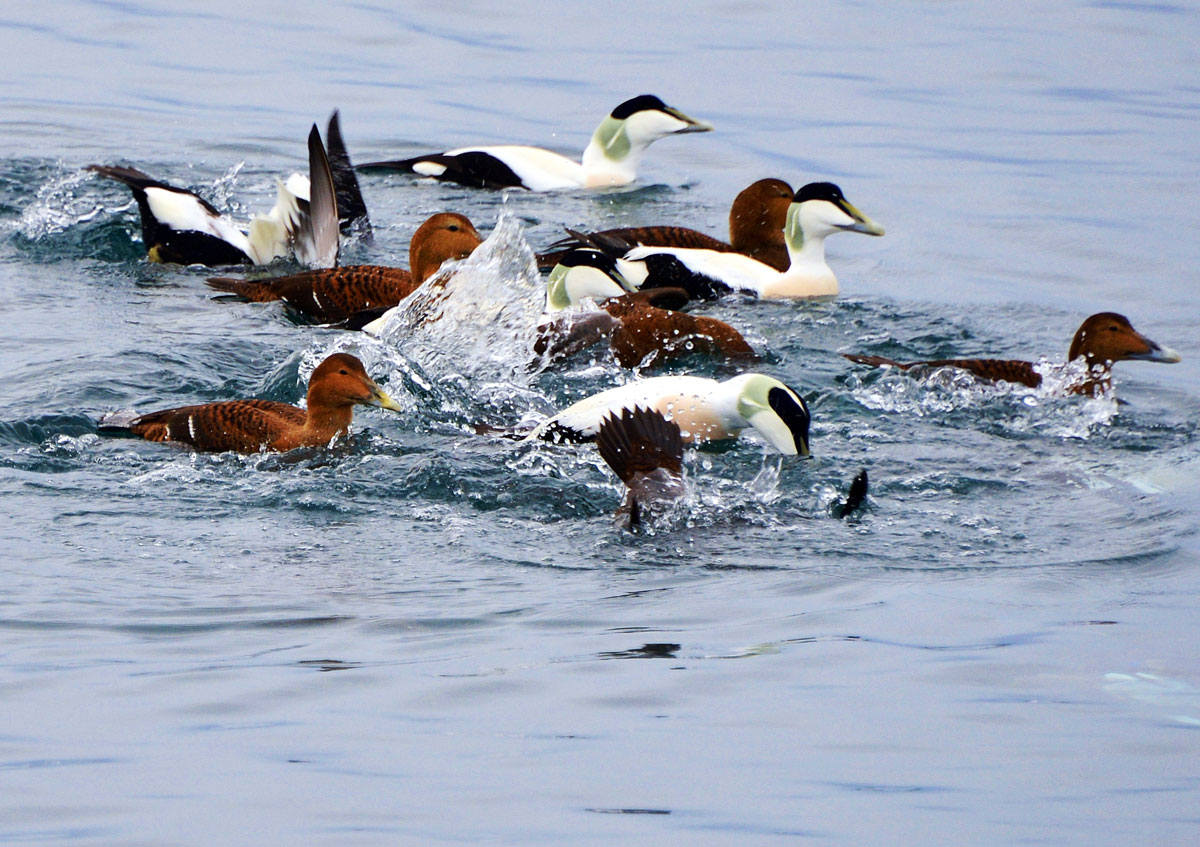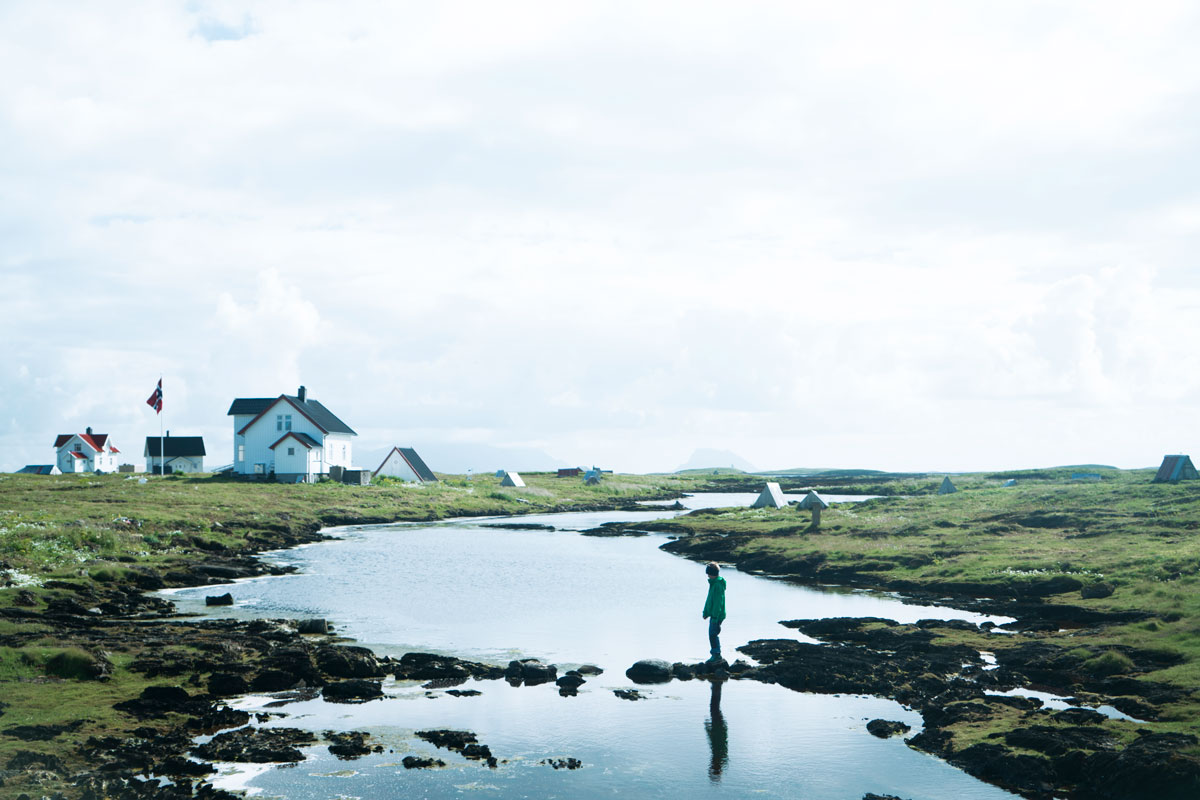World heritage
Vegaoyan – The Vega Archipelago
The Vega Archipelago is located off the Helgeland coast in the Norwegian region of Nordland. The area has been a centre for fishing and hunting for 10,000 years. As the first islands became inhabited, the characteristic landscape was shaped by the interaction of fisherman farmers and the archipelago’s inhospitable yet rich nature.
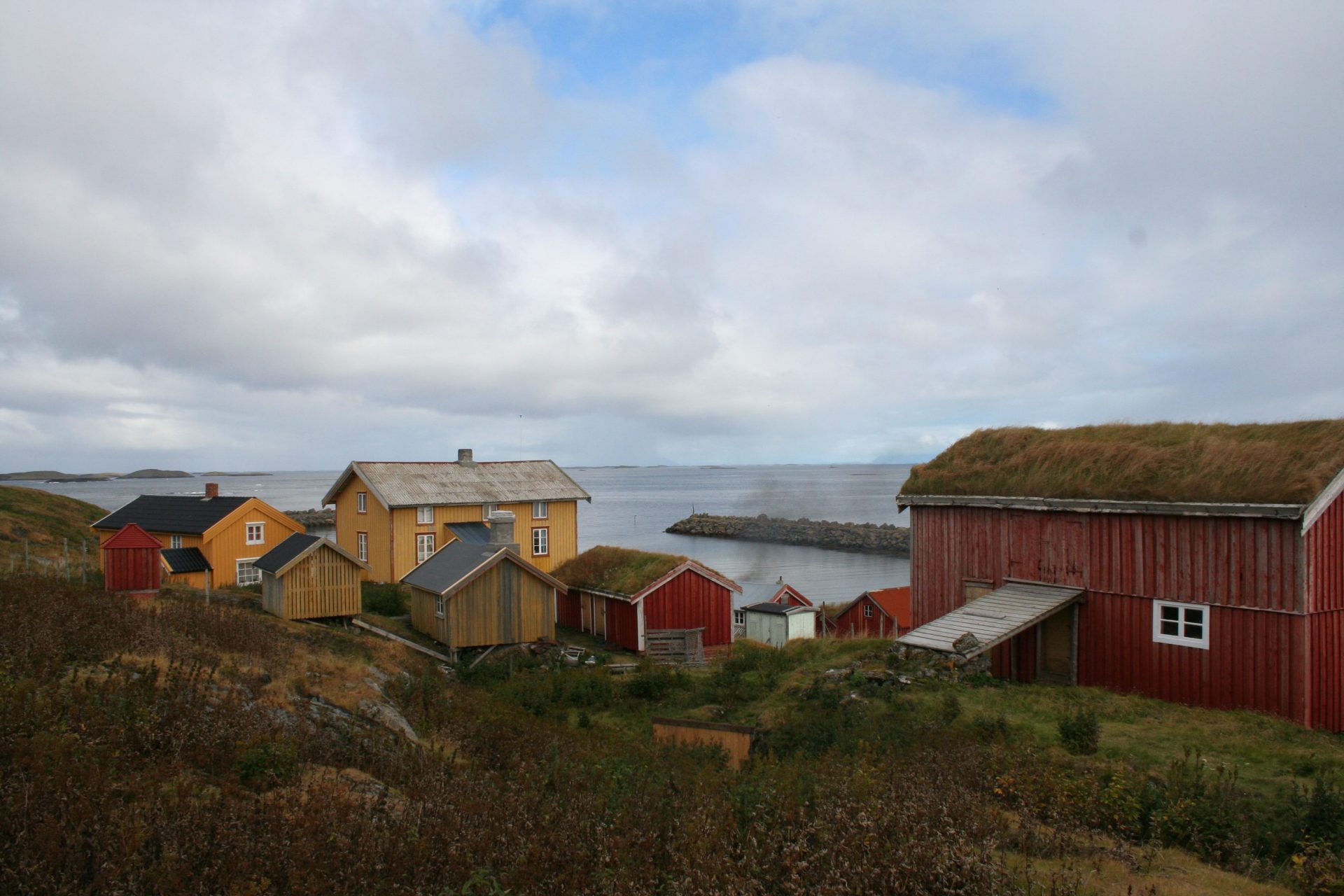
About the Vega Archipelago
This heritage landscape covers 1,037 square kilometres and includes islands, islets, reefs and sea.
The archipelago consist of fifteen island groups where a total of 59 individual islands have at some point been inhabited. An island group consists of inhabited or uninhabited islands that together form a social unit.
Eider duck farming is mentioned as a Norwegian industry in documents dating all the way back to the end of the 9th century. From the Middle Aged right through to the present day, the harvesting of eggs and down from wild eiders has been an important source of income on the Helgeland coast. The tradition of gathering down for down production continues on several islands in the World Heritage area.
The eider industry has been a source of income for local women and the area’s inscription on the World Heritage List should be seen as recognition of their efforts.
World Heritage
The Vega Archipelago was inscribed on the World Heritage List in 2004.
